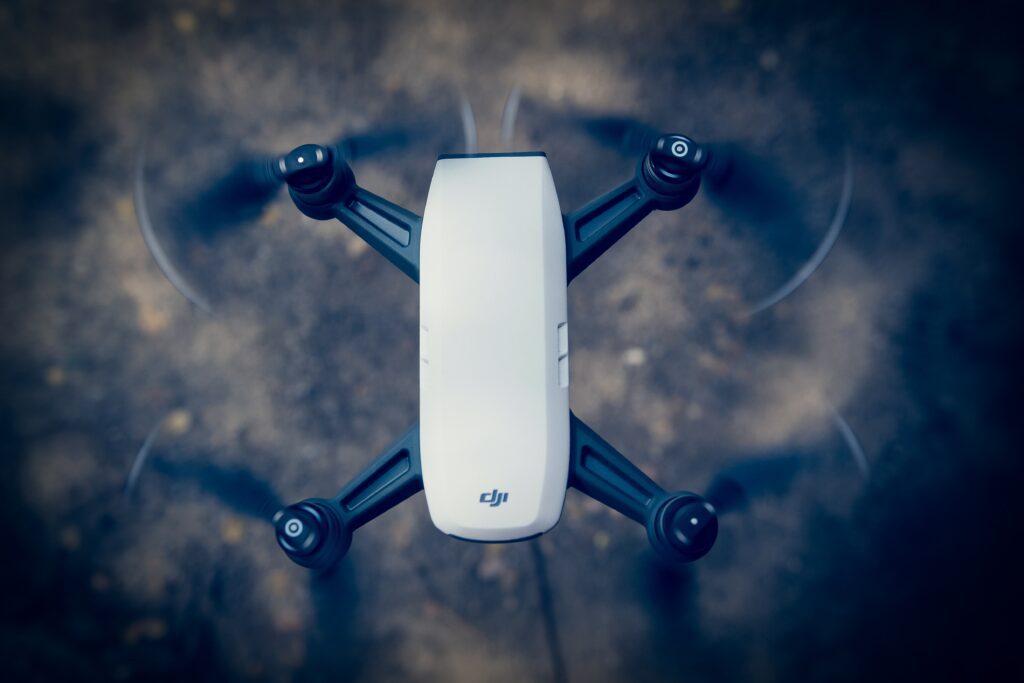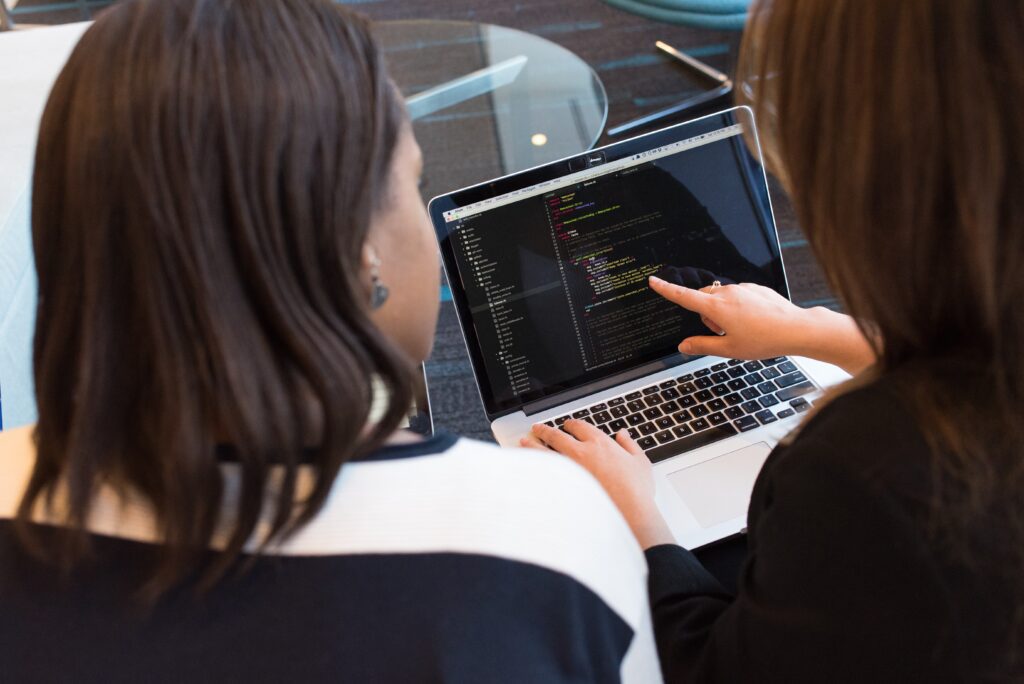
Circuits

AUGMENTED REALITY AND VIRTUAL REALITY
The actual environment and computer-generated material are combined in augmented reality (AR), an interactive experience. The information can be presented in a variety of ways, including visually, aurally, haptically, somatosensorily, and olfactorily. A system that combines the real and virtual worlds with real-time interaction and precise 3D registration of real and virtual objects utilising position tracking is known as augmented reality (AR).
Mixed reality and augmented reality are often used interchangeably. Additionally, the terms for extended reality and computer-mediated reality are similar.

- Archaeology
- Architecture
- Urban design and planning
- Education
- Industrial manufacturing etc.

DRONE
A drone is a type of unmanned aerial vehicle (UAV), which is an aircraft without a human pilot, crew, or passengers. Unmanned aerial vehicles (UAVs) are a part of unmanned aircraft systems (UAS), which also feature the addition of a controller on the ground and a communications network with the UAV. UAVs’ flight can be remotely flown by a human operator, or it can have varying degrees of autonomy, such as autopilot help, up to completely autonomous aircraft that don’t allow for human involvement.
UAVs were initially created in the twentieth century to perform military tasks deemed “dull, dirty, or dangerous” for humans. By the twenty-first century, they had evolved into vital tools for the majority of militaries. Control technologies’ use increased to several non-military applications as they became more affordable and effective. These include tracking forest fires, aerial photography, product delivery, agriculture, law enforcement and surveillance, checking the condition of infrastructure, amusement, science, smuggling, and drone racing.

- Aerial photography for journalism and film
- Express shipping and delivery
- Gathering information or supplying essentials for disaster management
- Thermal sensor drones for search and rescue operations
- Geographic mapping of inaccessible terrain and locations
- Building safety inspections
- Precision crop monitoring
- Unmanned cargo transport

3D DESIGN
The process of building a three-dimensional object from a CAD model or digital 3D model is known as additive manufacturing, or 3D printing. It can be carried out via a number of techniques in which material is brought together, often layer by layer, and then deposition, joining, or solidification are controlled by computers.
Rapid prototyping was a more apt word for 3D printing at the time since it was thought to be primarily useful for producing functional or aesthetically pleasing prototypes. The phrase “additive manufacturing” can be used to refer to various 3D printing methods as of 2019, since its accuracy, repeatability, and material selection have improved to the point that some 3D printing techniques are regarded feasible as an industrial-production technology be utilised interchangeably with 3D printing. The capacity to create extremely complex forms or geometries that would otherwise be difficult to manufacture by hand, including hollow pieces or items with internal truss systems to minimise weight, is one of the main benefits of 3D printing. As of 2020, the most popular 3D printing technique is fused deposition modelling (FDM), which makes use of a continuous filament made of a thermoplastic substance

CODE BLOCKS
A cross-platform, free and open-source IDE called Code::Blocks supports several compilers, including GCC, Clang, and Visual C++. It is created in C++ with the GUI toolkit wxWidgets. Its features and capabilities are defined by the offered plugins using a plugin architecture. Code::Blocks is currently focused on C, C++, and Fortran. It has an optional Make support feature and a custom build system.

- Free and open-source IDE
- Supports several compilers.
- Created in C++ with the GUI toolkit wxWidgets
- Supports using a plugin architecture.
Subscribe Now
Don’t miss our future updates! Get Subscribed Today!






